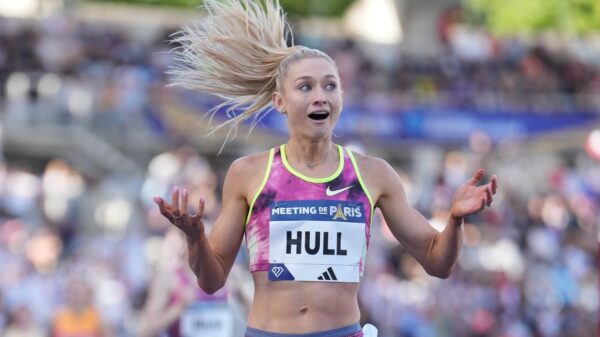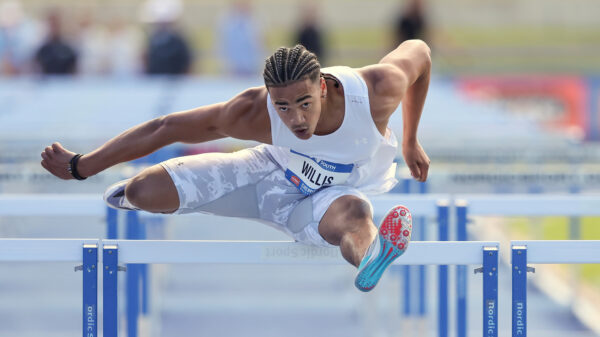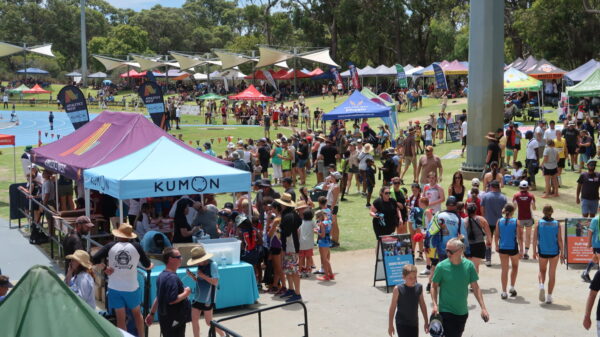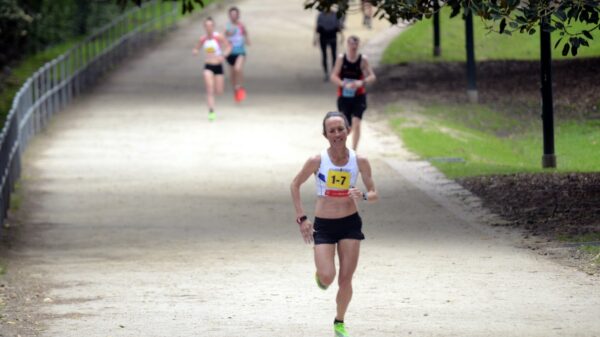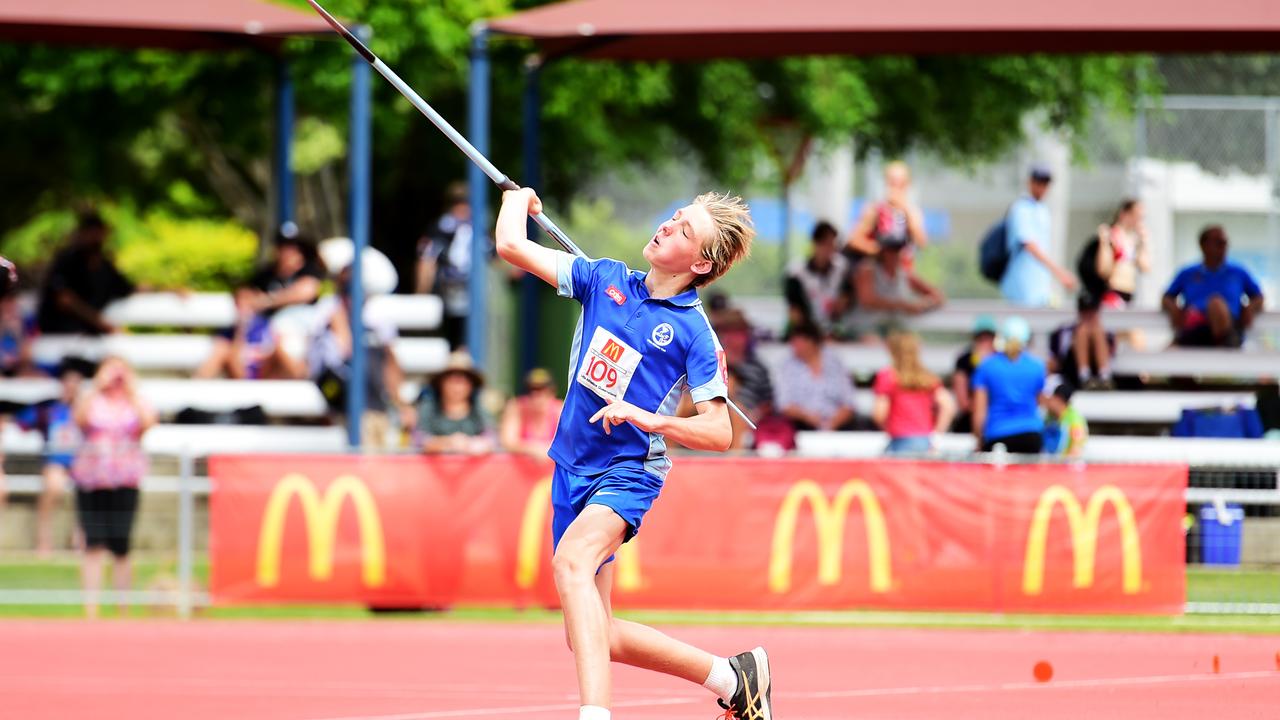In our three part-series of Q&A interviews we catch up with Little Athletics Queensland CEO, Christopher Davis, and Athletics NSW President, Matthew Whitbread, to discuss their organisation’s experiences in the two years since the One Athletics merger vote.
Little Athletics Queensland
In less than a decade Queensland will have the world’s attention when it hosts the 2032 Olympic Games in Brisbane. We catch up with Little Athletics Queensland’s CEO, Christopher Davis, who has been in the role for the past 9 months.
What do you think have been the best developments in Australian and Queensland athletics over the past 2 years?
I was not in my current position 2 years ago, so am unable to comment on what has changed. Little Athletics Queensland is on track to record our second successive year of membership growth though, which is pleasing.
What are the biggest improvements to the sport that LAQ will be working on to deliver over the next 2-3 years?
Since my appointment in March, I have been working on gaining as great an understanding of the sport as possible including hosting 10 Regional Forums attended by our Centres; and there are some exciting things which have come from these discussions which will be announced shortly. Additionally, we will also commence development of our new strategic planning in 2024, so the future of LAQ will largely be driven through the thoughts and ideas of our Centres, members and other stakeholders gained through this process.
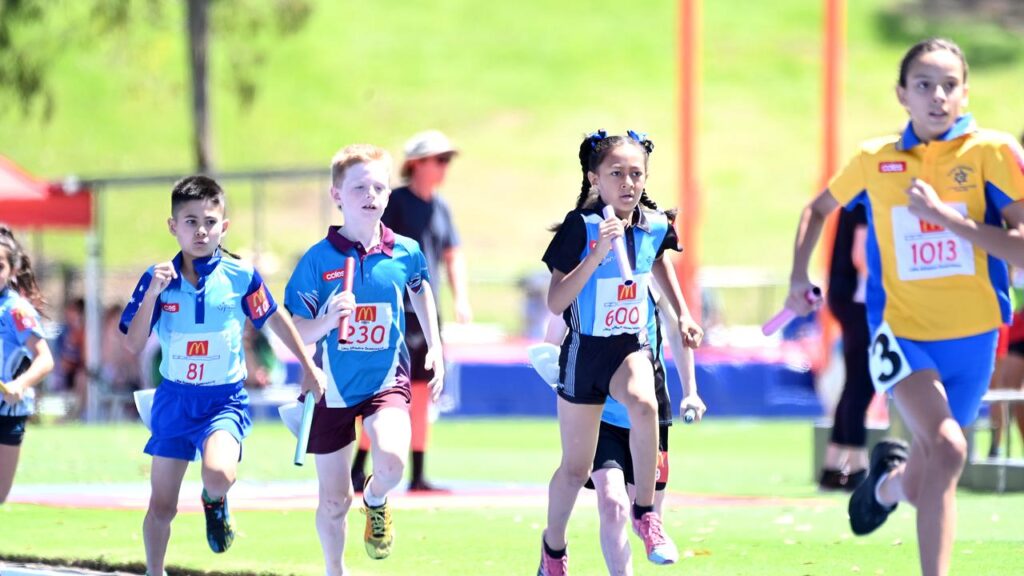
I understand that LAQ will lose Queensland government funding from January 2024, as the government will only fund organisations that are recognised through to a National Sporting Organisation. Has anything changed since then? What impact would this reduced funding have on your organisation?
LAQ supported Queensland Athletics’s funding application under an agreement to collaborate on initiatives that the funding was provided to achieve. As an aside to this, we have been working with multiple Government departments and councils to identify areas where we can help solve problems for them in other ways, rather than the simple provision of funding.
Although the loss of funding undoubtedly has an impact, we already have a sustainable business model which we’re working hard to reinforce through some of these new projects I alluded to previously.
Fast forward to 2032 and Australia has just hosted an amazing Olympic Games in Brisbane. What’s your vision of how Australian athletics looks at this time and for the period beyond?
We see a significant growth in membership every 4 years and undoubtedly a home Olympic & Paralympic Games will exaggerate this growth. Hopefully, it results in more kids experiencing the love of Little Athletics leading to a lifelong love of the sport, just as I did when I first joined (coincidentally post Sydney 2000). 
Athletics NSW
There’s a lot happening in NSW, with Athletics NSW maintaining a momentum of change. We catch up with the Athletics NSW President, Matthew Whitbread, to understand his perspectives.
What do you think have been the best developments in Australian and NSW athletics over the past 2 years?
The progress that has been made towards achieving a unified sport in Western Australia and the ACT in particular stands out. While I appreciate this can appear inward-focussed, the reality is that having the right administrative and governance structures in place is what sets up the sport for success in all other areas.
When you take Little Athletics, Masters and ‘Pro Running’ into account, Athletics has more than 30 ‘governing bodies’ in Australia. That is utterly absurd for a sport of our size and when you compare our model to that of the gold-standard AFL as an example, you begin to see why the sport has been held back. Unfortunately, we are closer to Rugby Australia than the AFL right now in terms of our structure. WA and the ACT have led the way in resolving these governance issues and uniting the sport as between Little Athletics and the old ‘seniors’ and they are already beginning to reap the rewards of that. Of course there will be teething issues, but unification is the only path towards materially growing the sport and being able to offer the best-possible Athletics experience across the whole country.
From a NSW perspective, we are particularly proud of our transition to our paid officiating model which will give us the ability to provide more events to our members – the first of its kind in Australian athletics on this scale which will invest more than $200,000 in our officials this year alone. We also enjoyed record growth in our participation numbers over summer and a brilliant Sydney Track Classic led by the ANSW competitions team.
We also supported a team of athletes to compete in Europe as part of our Representative Athlete Pathway Program and laid the groundwork for some major announcements early next year about additional support we will be providing to emerging and representative NSW athletes – all the while delivering the new ANSW Kids initiative, substantially cutting prices for junior membership (from $120 down to $40) and delivering another surplus financial result for our members. Notwithstanding my bias, the World Cross Country Championships in Bathurst was also an obvious highlight.
In June ANSW launched Athletics NSW Kids, a product for 7-12 year olds. What is the product and what has the reception been to this offering?
ANSW Kids provides a single and continuous pathway through the sport in NSW for the first time in the 137-year history of Athletics in NSW. A kid who joins an ANSW Club as a 3-year old can now stay with that club throughout their entire journey in the sport through the teenage years and on to opens and masters. There is one set of rules, one registration platform, one club, one uniform, one competition pathway – one journey – removing all barriers to kids staying in the sport which we know is a huge problem. Athletics has a churn rate of around 50% – that is one out of every two kids doing the sport this year won’t be doing it next year. That is a number dramatically higher than other comparable sports and it’s no mystery as to why that’s the case – it is the consequence of a divided and dysfunctional pathway which the ANSW Kids offering is endeavouring to address.
The other feature of the ANSW Kids offering which is critical to focus on is the inclusion of the World Athletics Kids coaching program in Clubs. What this means in practice is paid and accredited ANSW community coaches delivering the world-class and standardised WA Kids program directly into Clubs – included in the price of membership at only $40 per year. Fully implemented, this will see more than $1 million per year worth of community coaching delivered directly to kids in their home Clubs in NSW alone and it would be the first standardised club-based ‘athletics product’ ever delivered in Australian athletics – that is, it would be the same experience in a Club in Dubbo as it is in Byron Bay. It is this part of the offering in particular that has been so well received by our Clubs and members. We are only in our first summer of the rollout, however so far we have had very strong interest in both the single pathway and the WA Kids offerings.
Of course, and as we have consistently stated publicly for years, our preference would have been to deliver this offering collaboratively with LANSW under a single, unified governing body. However, after more than 10 years of pursuing that approach without success, we had to make the decision to puts kids and Clubs at the centre of our plans and deliver the offering directly. Nonetheless, we hope we can still achieve a unified approach in future and our offering has been deliberately designed to facilitate and allow for that preferred outcome. 
The Sydney Track Classic in 2024 will be held at ES Marks this year, on the evening of the Saturday of the Little Athletics State Championships, which are being held at Sydney Olympic Park. Surely that clash of dates is not an ideal arrangement for our sport? What can you share about how this came about?
There are two issues here that need to be separated. First, the location of the Sydney Track Classic (STC); and second, the date clash with the LANSW Championships.
The return to ES Marks is a deliberate ANSW strategy to enhance the STC as an event. If the Athletics community turns up to ES Marks and supports the STC in the same numbers they did this year at SOPAC, we will sell out the venue and the atmosphere will be absolutely electric for both the crowd and the athletes. Unfortunately, unless there are over 10,000 people at SOPAC, there will not be the same atmosphere. We are drawing inspiration from the success of the AFLW in Sydney which built strong and vibrant communities for the sport around North Sydney Oval and Henson Park, as well as the success of the NRL in returning games to spiritual home suburban grounds. We think that is the right strategy and we’d encourage everyone to get to ES Marks and support the STC in 2024 as they did at SOPAC this year.
On the second issue of the date clash with the LANSW Championships, this is a regrettable but inevitable outcome of not having a unified governing body. The STC date must fit within the confines of the World Athletics, Oceania and Australian calendars and accordingly there is effectively no flexibility in its scheduling. However, were Athletics in NSW able to be delivered by a unified governing body, it would enable us to plan the NSW calendar in a way that ensured all State Championships complemented the national calendar, rather than clashing with it. It would be just one of many benefits which would flow from fixing the governance structure of the sport and we hope progress can be made on that front to avoid these kind of clashes in future.

Fast forward to 2032 and Australia has just hosted an amazing Olympic Games in Brisbane. What’s your vision of how Australian athletics looks at this time and for the period beyond?
A 6-year old in Dubbo who watches an Australian athlete become an Olympic Champion in Brisbane is able to join their local Club and get involved with Athletics.
They have one interaction with one NSW Athletics website and pay one low-cost fee to sign up and start their journey through Little Athletics, complemented by the World Athletics Kids coaching program.
Their Club is provided with the administrative and coaching support necessary to ensure it sustainably provides an enjoyable experience for its members.
As they get older, that kid can stay with the Club they now call home and continue to wear that same uniform – there are older teenagers, opens and masters athletes within that same Club to inspire them to stick with it.
As they become teenagers, they can either continue with the more ‘social’ Athletics solely within their Club or pursue higher-level competition opportunities within a single pathway.
If they are one of the gifted few, there is real and meaningful support for their development throughout the teenage years provided by NSW Athletics and Athletics Australia and they are able to compete at world-class state and national-level competitions which are integrated into a single pathway and delivered by well-paid officials.
If they are fortunate enough to be able to represent their country, they are not forced to choose between pursuing their Athletics dreams and earning a living wage – allowing them to stay in the sport to inspire the next 6-year old from Dubbo to follow in their footsteps.
Pleasingly, we don’t think any of that is unachievable of fanciful. It simply requires us to come together with the right plans in place and we think we have started that work in NSW over the last 12 months with early positive signs of progress.



